President Obama’s speech at the Democratic National Convention aimed to achieve a lot of things: it celebrated and defended his legacy of the last eight years, “passed the baton” of that legacy to Hillary Clinton, and reached across the aisle to Republicans and conservatives, arguing that Donald Trump doesn’t represent their values.
“Look, we Democrats have always had plenty of differences with the Republican Party, and there’s nothing wrong with that,” Obama began. “But what we heard in Cleveland last week wasn’t particularly Republican—and it sure wasn’t conservative,” he said, referencing the Republican National Convention which nominated Trump as the party’s nominee.
“What we heard was a deeply pessimistic vision of a country where we turn against each other, and turn away from the rest of the world.”
The strategy employed by Obama in his speech on the third night of the convention encapsulated a theme and strategy used by the Democrats throughout the night, which was to target Republicans listening to the speech. One of the most surprising ways that he did that was by quoting conservative hero, former President Ronald Reagan.
“Ronald Reagan called America ”a shining city on a hill,“ he said before contrasting that vision for the country with Trump. ”Donald Trump calls it ‘a divided crime scene’ that only he can fix.”
“He’s betting that if he scares enough people, he might score just enough votes to win this election,” Obama concluded.
Tim Kaine
Obama wasn’t the only speaker on the third night who reached across the aisle and implored people who are not currently Democrats to join the party despite differences on policy. Vice Presidential candidate Tim Kaine and former mayor of New York City Michael Bloomberg also spoke to the unifying interests of the Democratic party.
Kaine, like Obama, reached out across the aisle by invoking the name of a different but equally revered and legendary Republican president as Reagan: Abraham Lincoln.
“Lin’s still a Republican. But he’s voting for a lot of Democrats these days,” Kaine said when speaking about the political leanings of his wife Ann’s father. “Because any party that would nominate Donald Trump for president has moved too far away from his party of Lincoln,” he said.
“And if any of you are looking for that party of Lincoln, we’ve got a home for you right here in the Democratic Party,” Kaine said to loud applause.
Invocations of Reagan, and to a lesser extent, Lincoln, are rare inclusions on a stage designed to reflect and celebrate the achievements and the platform of the Democratic party.
However, the contrast and targeting strategy of disenfranchised Republicans and conservatives frames the election not about partisan differences, but as a celebration of American exceptionalism that Democrats argue is questioned in Trump’s slogan “Make America Great Again.”
Michael Bloomberg
Bloomberg, who identifies as an independent, took a different approach, introducing himself from the beginning of his speech as an outsider who spoke without partisan interests.
“I’m not here as a member of any party, or to endorse any party platform,” the former mayor began his speech, emphasizing that he looks “at the candidate, not the party label” and critiqued both parties for different positions.
“Too many Republicans wrongly blame immigrants for our problems, and they stand in the way of action on climate change and gun violence. Meanwhile, many Democrats wrongly blame the private sector for our problems, and they stand in the way of action on education reform and deficit reduction,” he said to smattered boos.
However, critiques highlighting party differences lead swiftly into a critique of Trump’s acumen as a businessman and fellow billionaire, and as a character witness to Clinton’s abilities as a Senator who worked with and disagreed with Bloomberg while he was Mayor of New York.
“Throughout her time in the Senate, we didn’t always agree—but she always listened. And that’s the kind of approach we need in Washington today, and it just has to start in the White House,” said Bloomberg.
Foreshadowed Strategy
This strategy of including Republicans into the fabric of the Democratic Party was foreshadowed in one of the recently leaked emails of the Democratic National Committee by the website Wikileaks.
It involves an exchange by DNC Communications Director Luis Miranda to CEO of the DNC Amy K. Dacey where they discuss a proposal by the Clinton campaign to embrace the “Republicans fleeing Trump.”
At the center of the argument is the Democratic party, whose image, according to Miranda, rests on its rejection of the goals and platforms of Republican partisanship.
“We would basically have to throw out our entire frame that the GOP made Trump through years of divisive and ugly politics. We would have to say that Republicans are reasonable and that the good ones will shun Trump. It just doesn’t work from the Party side,” said Miranda.
Miranda then went on to warn that if Clinton starts publicly embracing Republicans that many of the Democrats in congress would then be put at odds with her candidacy.
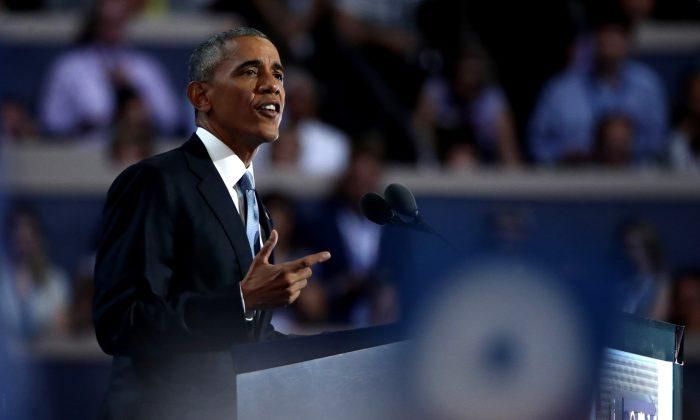
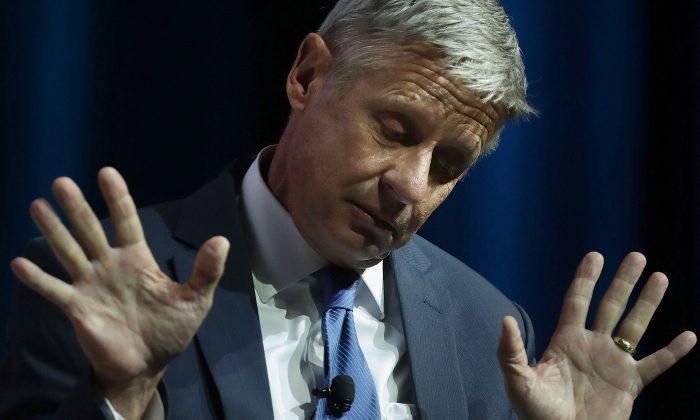
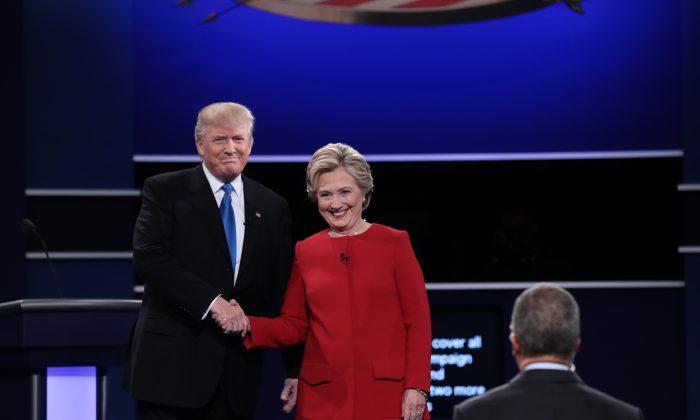
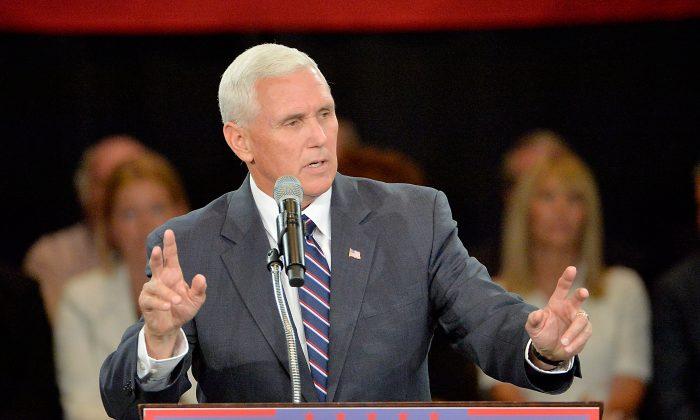
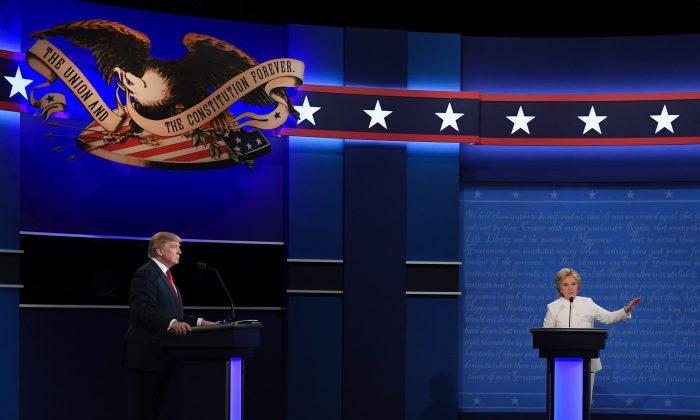
Friends Read Free